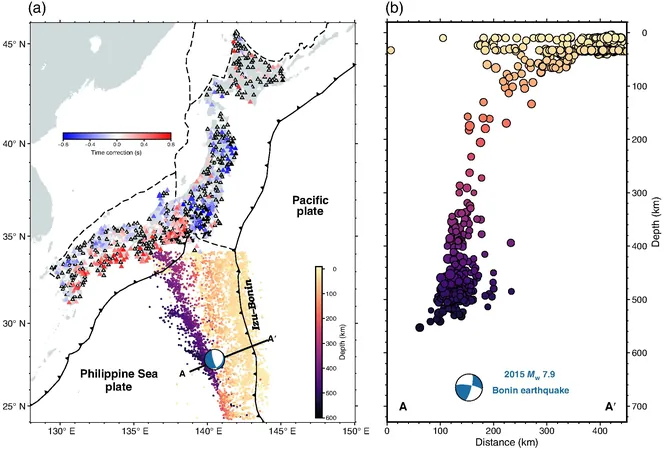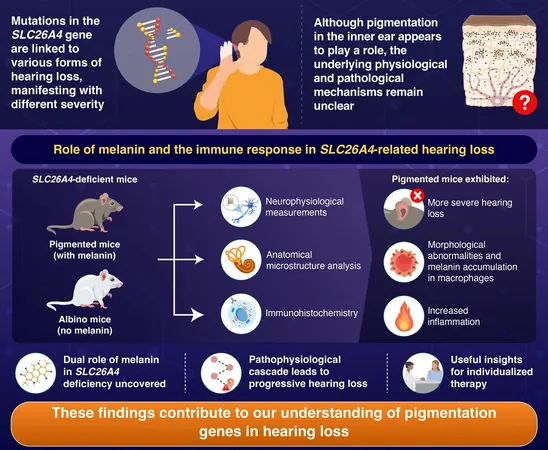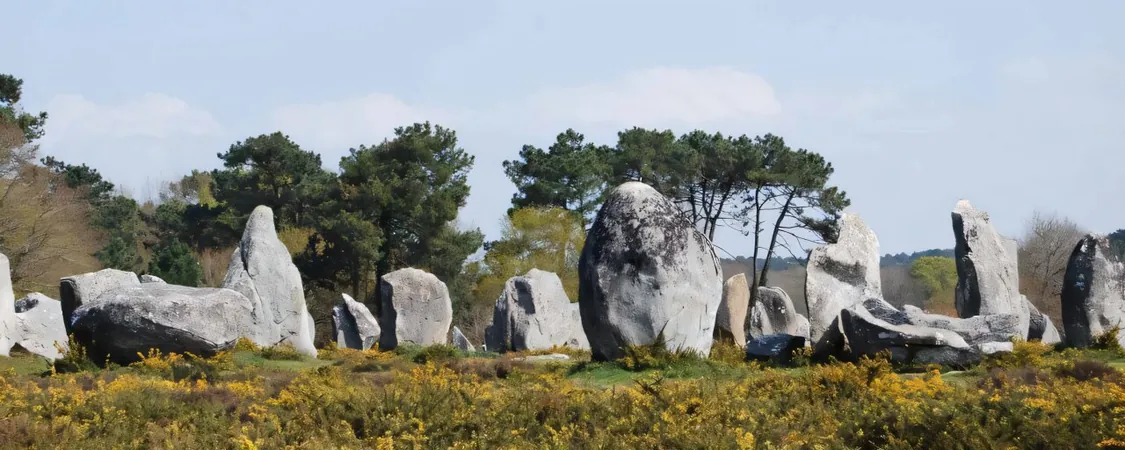
Groundbreaking Study Debunks Claim of the World’s Deepest Earthquake!
2025-01-22
Author: Siti
Introduction
A recent study has stirred up seismic science by challenging the record of the world's deepest earthquake. The massive 7.9 magnitude Bonin Islands earthquake, which struck in May 2015, reportedly took place at a staggering depth of 680 kilometers beneath the Earth's surface within the Izu-Bonin subduction zone. However, new findings suggest that it did not produce an aftershock as deep as previously claimed.
Research Findings
Researchers led by Hao Zhang from the University of Southern California delved into the aftershock sequence of the Bonin Islands earthquake and found that the alleged 751-kilometer-deep aftershock—previously hailed as the deepest earthquake ever—was unsubstantiated. Instead, their meticulous analysis revealed a pattern of aftershocks more consistent with a small sliver of a mantle mineral known as olivine.
Understanding Deep Earthquakes
Deep earthquakes, such as the one in question, occur at extreme depths and are notably enigmatic to seismologists. The intense pressures and temperatures at such depths typically lead rocks to deform plastically rather than rupture elastically, which is the mechanism behind shallower earthquakes. This plastic deformation results in fewer aftershocks, complicating the understanding of these events.
Expert Insights
"Plastic deformation limits extensive fracture networks that usually cause aftershocks," Zhang explained, emphasizing that the high confining pressures in the deep Earth reduce the chance of subsequent seismic events.
Previous Studies
Previous studies have indicated both a foreshock sequence leading up to the main quake and a potential record-setting deep aftershock in the lower mantle. However, Zhang pointed out inconsistencies and methodological flaws in these studies, asserting the need for improved analysis.
Methodology
Utilizing data from the Hi-Net seismic array in Japan, Zhang and his team aimed for a clearer insight into the original earthquake and its aftershocks. They identified 14 aftershocks located in the upper mantle, all within a 150-kilometer radius of the earthquake's hypocenter. Notably, the data revealed no foreshocks but documented two distinct aftershock patterns over a two-week period following the main quake.
Conclusion
"Our findings effectively challenge the most persuasive claims of lower mantle seismicity documented thus far," the researchers stated. They propose that the aftershock pattern aligns with the presence of what's called a metastable olivine wedge (MOW), which plays a critical role in the context of subduction.
MOWs have the potential to act as a source of stress and energy release at great depths, which could be a significant factor in triggering deep earthquakes. Such insights are crucial, as they offer a new perspective on the thermal behavior and structural dynamics of subducting slabs—the layers of crust that sink into the Earth’s mantle.
The revelations from this study could redefine scientific understanding of deep earthquake mechanics and lead to advancements in predicting such seismic events. With many researchers advocating for further examination of these complex phenomena, we may soon uncover even greater mysteries lurking deep beneath our feet.
Stay tuned, as the conversation around deep earthquakes continues to evolve!



 Brasil (PT)
Brasil (PT)
 Canada (EN)
Canada (EN)
 Chile (ES)
Chile (ES)
 Česko (CS)
Česko (CS)
 대한민국 (KO)
대한민국 (KO)
 España (ES)
España (ES)
 France (FR)
France (FR)
 Hong Kong (EN)
Hong Kong (EN)
 Italia (IT)
Italia (IT)
 日本 (JA)
日本 (JA)
 Magyarország (HU)
Magyarország (HU)
 Norge (NO)
Norge (NO)
 Polska (PL)
Polska (PL)
 Schweiz (DE)
Schweiz (DE)
 Singapore (EN)
Singapore (EN)
 Sverige (SV)
Sverige (SV)
 Suomi (FI)
Suomi (FI)
 Türkiye (TR)
Türkiye (TR)
 الإمارات العربية المتحدة (AR)
الإمارات العربية المتحدة (AR)